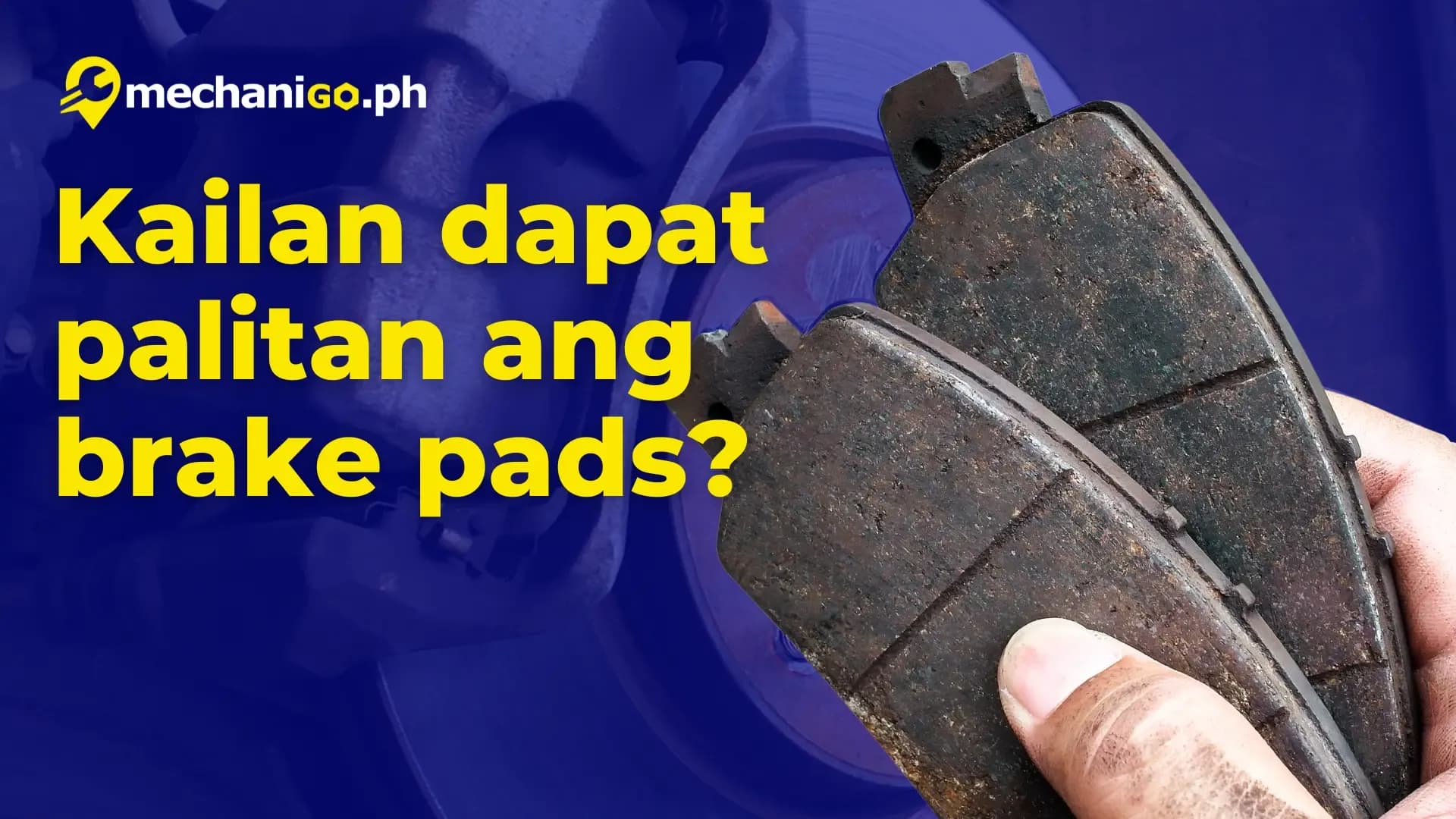
June, 2025 • Mechanigo.ph
When Should You Replace Your Brake Pads?: A Complete Guide for Drivers
Your car’s brake pads are essential for safe driving, helping you slow down or stop by pressing against the brake rotors (the shiny discs behind your wheels). But how do you know when to replace brake pads? This guide will help you understand the signs your brake pads need replacing and how often to check them.
Why Brake Pads Matter for your Safety
Brake pads create the friction needed to stop your vehicle. They’re a key part of your car’s braking system, which keeps you and your passengers safe. Worn brake pads can compromise your stopping power, leading to longer stopping distances, potential accidents, and costly repairs.
When to Check Your Brake Pads
To stay safe, check your brake pads every 3 to 6 months or whenever you have your tires rotated. Regular checks help you catch wear before it becomes dangerous.
Tip: When you rotate your tires, ask your mechanic to check the brake pad thickness at the same time.

Signs Your Brake Pads Need Replacing
Watch for these common signs that it’s time to change your brake pads:
▪ Squeaking or Squealing Noises
If you hear high-pitched sounds while braking, your brake pads might be worn and need replacing soon.

▪ Grinding Sounds
A grinding sound means your brake pads are worn down to the metal and could be damaging your rotors.

▪ Vibration When Braking
If your steering wheel or brake pedal vibrates when you brake, your rotors might be uneven, which causes uneven brake pad wear.
▪ Longer Stopping Distance
If it takes longer than usual to stop, your brake pads might be too thin or your brake fluid could be low.
▪ Brake Warning Light
Many modern cars have a dashboard warning light (like ABS or Brake System Warning Light) that comes on if there’s a problem. If you see this light while your parking brake is off, have your brakes checked.

▪ Thin Brake Pads
Look at your brake pads through the wheel spokes. If they’re less than 1/4 inch (6.4 mm) thick, it’s time to replace them.

How Often Should You Replace Your Brake Pads?
In general, brake pads should be replaced every 10,000 to 20,000 miles (16,000 to 32,000 kilometers), depending on your driving habits. If you do a lot of city driving with frequent stops, your pads may wear out faster than with highway driving.
In addition to mileage, it’s important to visually check the thickness of your brake pads. If they look thinner than 1/4 inch (6.4 mm), it’s time to replace them, even if you haven’t reached the recommended mileage yet.

Pro Tip: Even if you haven’t reached the mileage limit, always check the brake pad thickness to make sure they’re safe.
Why Replacing Worn Brake Pads Matters
Driving with worn-out brake pads can lead to:
▪ Metal-to-Metal Contact
This can damage your rotors and calipers, leading to expensive repairs.
▪ Uneven Tire Wear
Worn brake pads can cause your tires to wear unevenly.
▪ Unsafe Braking
Worn-out pads can compromise your brake system, making it harder to stop safely, increasing the risk of accidents.
Replacing your brake pads on time keeps you safe and helps you avoid costly repairs later on.
Too Busy to Check Your Brakes? We Can Help!
If there’s a problem with your brakes—or if you’re too busy to check them—no worries! Get a quote or book a brake inspection with our skilled and friendly mechanics. Stay safe and drive worry-free.